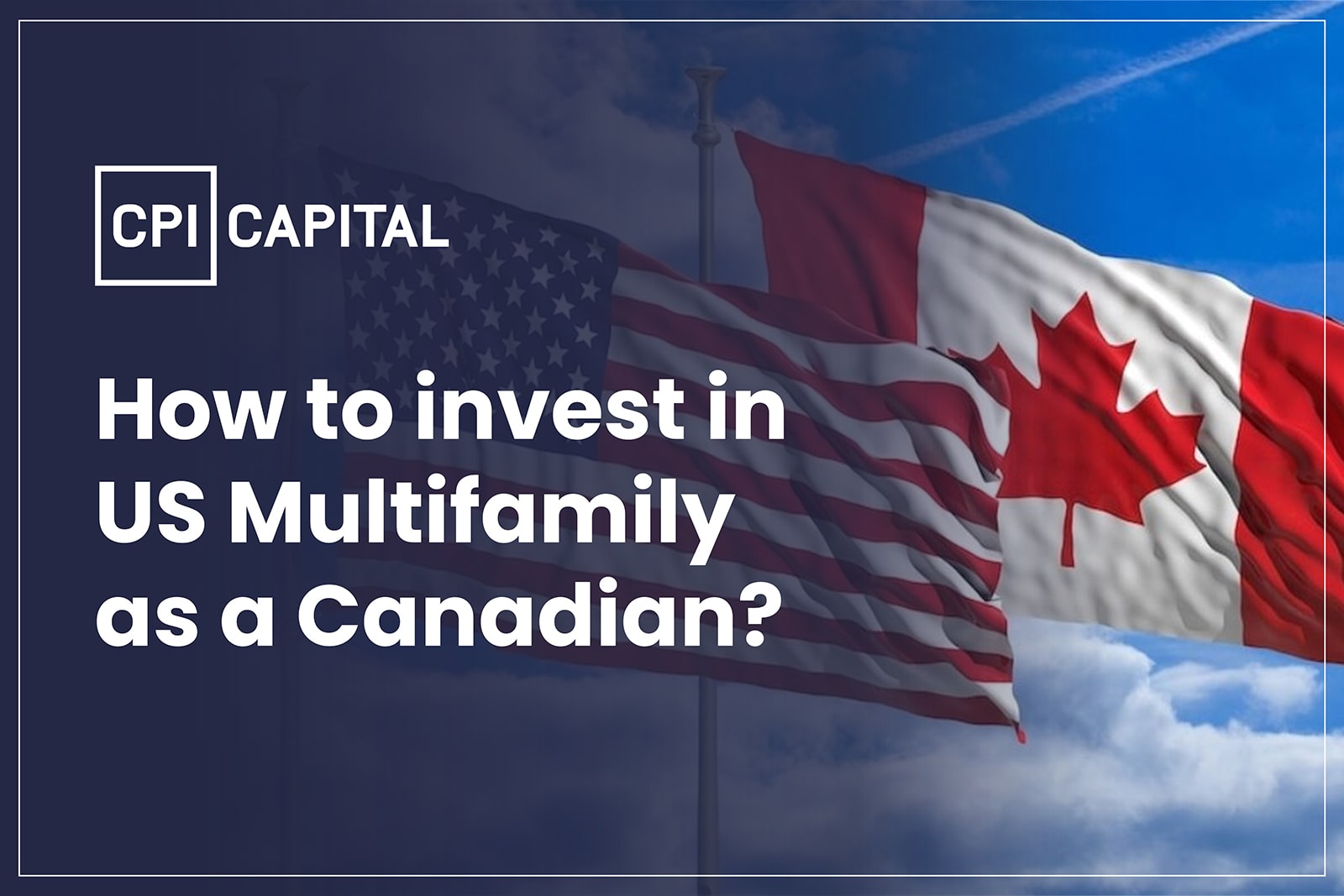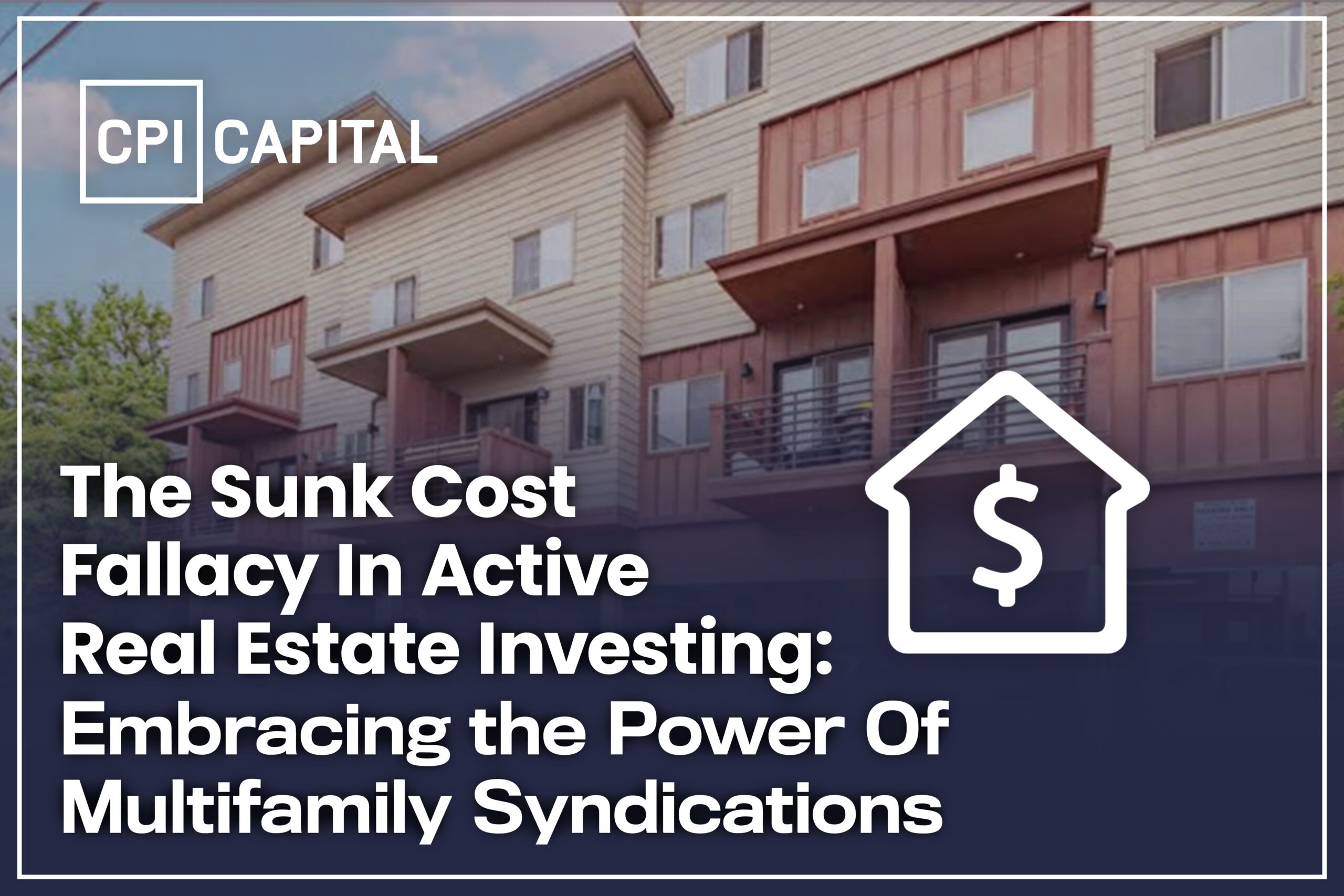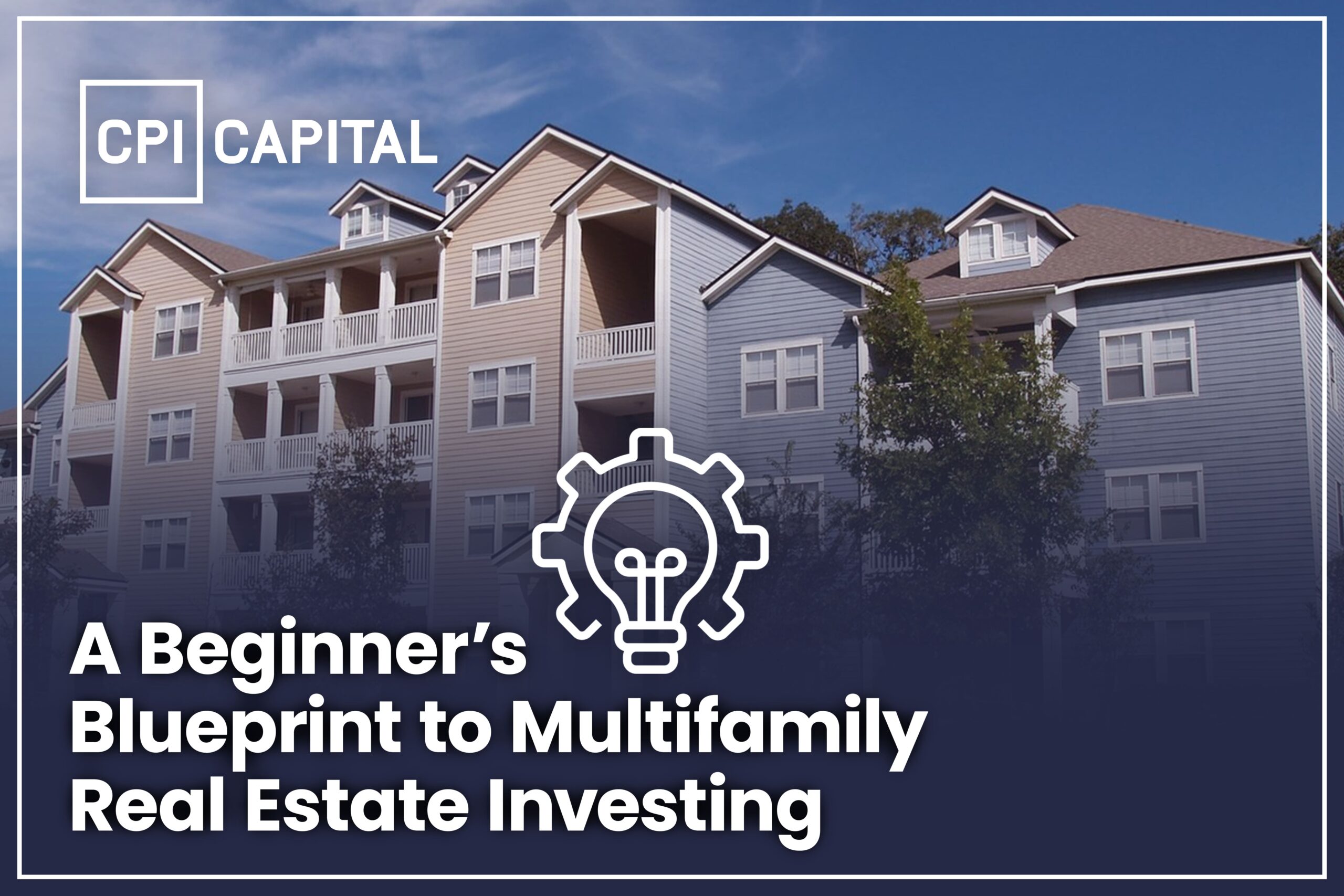
Dear valued existing investors and future investors,
Welcome to this week’s CPI Capital’s news briefing. This regular update contains a mixture of updates, commentary and informative related articles about the lucrative world of passive real estate investment.
If you are already one of our subscribers, thank you. If you are not, take the chance to sign up to our newsletter now and keep right up to date with all you need to know about syndicated real estate investment!
We often get asked: “I’m a Canadian, how can I invest in US multifamily or BTR syndicated projects?” Enquirers also want to know about tax related issues as the Canadian Revenue Tax Agency regulations can be quite complex.
So, let’s have a look at some of the key points which need to be considered if you are a Canadian looking to invest in US multifamily or BTR projects for a passive return on your real estate investment.
But, before we do, have you seen our top 10 forecasts for the US economy and CRE in 2023?
Some advantages of investing in multifamily and BTR projects
There are a number of advantages of being a passive real estate investor and investing in US based multifamily and /or BTR projects
In short, passive investors are presented with REPE investment opportunities from active investors, do not have to look for investment opportunities on their own and are not responsible for any of the property’s day-to-day operational management or other issues. Once an investor invests capital with the entity sponsoring or promoting the investment opportunity, the next step is to simply await dividend pay outs (and profits once the asset is refinanced or sold).
But why should Canadians invest in multifamily and/or BTR projects in the US?
Some of the key reasons include:
Diversification of investments
Many Canadian investors like to invest into different property asset classes and make income from real estate investing. Yet, it’s not easy to create a diversified real estate portfolio when you are based in one country and the investment is in another. Plus, the amount of capital required to buy a whole block or project is beyond the means of many investors.
Lower risks, available expertise
Passive Canadian investors are exposed to much lower risk if they are investing into a proven multifamily or BTR project run by experienced general partners or sponsors. Often, sponsors will conservatively underwrite deals and continue with such strategy whilst managing and operating the property .
Strong rental demand for multifamily and BTR likely to continue
The multifamily and BTR sectors have been primary beneficiaries of the decade old economic expansion in the US and remain supported by several key demographic trends:
- Affordability of owning a home
In reality, nowadays in the US, many people simply can’t afford to own their own homes.
In the 10 years from 2008 to 2018, the average home sales prices rose almost 32% across the US, according to data from the National Census. However, average household incomes rose less than 6%. In certain fast-growing areas, price rises have been even greater.
Accordingly, many aspiring new home owners have been prevented from entering the market.
Passive investors: do you know how to vet a real estate investment group before making an investment?
Download and read our FREE e-book: 25 Fundamental questions to ask a Syndication Sponsor before making your investment
- An ever increasing numbers of retirees looking to rent
By 2035, almost 35% of US households will be headed by a person over the age of 65.
Many of the estimated 79 million retirees across the nation have a strong preference for renting, usually after cashing in ownership of real estate they have accumulated over the years. Enhanced mobility also means they can spend time during the year in different places.
The largest increase in numbers renting in the decade following the financial crisis (2007–2017), were people over 55 according to Census data.
- Millennials are disruptors
The millennial generation (the generation born between 1981 and 1996) occupies real estate differently than previous generations.
Generally, millennials prefer to live in urban or city areas, have higher levels of debt, have reduced affordability to purchase property and, so, renting may be the only option for some;
What options do Canadians wanting to invest in multifamily and/or BTR in the US have?
Cap rates and investment returns in Canada are, typically, very low, and therefore render the value-add or BTR business model is usually unfeasible and returns are. So, some of the primary options for Canadian investors::
Acquire multifamily or BTR assets themselves
This, amongst other things, means navigating complex cross border tax issues. Then there is the need to study in detail and travel to a variety of assets, do initial physical inspections and so on. As remote, “hands-on” investors, Canadians will need to hire a property manager and general contractor which can be difficult to manage from another country;
Invest in syndicated multifamily or BTR investments
In this regard, it’s best for Canadians to invest with a Canadian based company which has a solid track record in syndicating US multifamily and BTR projects already being participated in by other Canadian investors.
Investing with US based groups offering syndications may result in certain issues as most of these groups do not understand the complex tax regulations which the Canada Revenue Agency (CRA) requires investors to follow.
Invest in a Canadian based fund which invest in US multifamily or BTR
A real estate fund is focused on investing in income-generating assets. That is, it is buying assets which have already been developed or in operation. This may mean lower returns and the fund will not enjoy any part of the investment returns associated with the development or renovation of the asset.
Also, in a fund, the money is raised initially and then used to acquire multiple properties in various locations of which the investor may have no knowledge; in other words investors are backing the judgement of the fund manager and investing “blind”.
Invest in Canadian based REITs which invest in US multifamily or BTR.
Canadian investors into REITs will own a share of the company that owns the properties, which is likely to be listed on one of the Canadian stock exchanges. In multifamily or BTR syndications, investors have equity in a specific property or properties.
This difference can have several significant implications for investors in terms of their investment returns, tax benefits plus, of course the levels of control over decisions about the property.
CPI Capital is a Canadian based multifamily apartment private equity real estate syndicator with a successful track record of investment into US real estate.
When investing in such syndications of US multifamily and BTR assets, Canadians can be 100% passive.
Investment into US multifamily properties with one of CPI Capital’s syndicated properties is a great way to make passive income and means Canadians can:
- enjoy cash flow, capital appreciation and equity growth;
- leverage our experience in REPE investment;
- enjoy passive income distribution;
- select the type of property they want to invest in;
- enjoy tax advantages;
- participate in larger-scale deals they may not be able to afford independently.
Sounds good, right?
Yours sincerely,
August Biniaz
CIO, Co-Founder CPI Capital

Ready to build true wealth for your family?
It all starts with passive income. Apply to join the CPI Capital Investor Club.
Search
Recommended

The Sunk Cost Fallacy In Active Real Estate Investing: Embracing The Power of Multifamily Syndications
Dear valued existing investors and future investors, Welcome to this week's CPI Capital's news...

Key Metrics Every Multifamily Investor Needs to Know
Dear valued existing investors and future investors, Welcome once again to this week’s CPI...

A Beginner’s Blueprint to Multifamily Real Estate Investing
Dear valued existing investors and future investors, Welcome once again to this week’s CPI...


